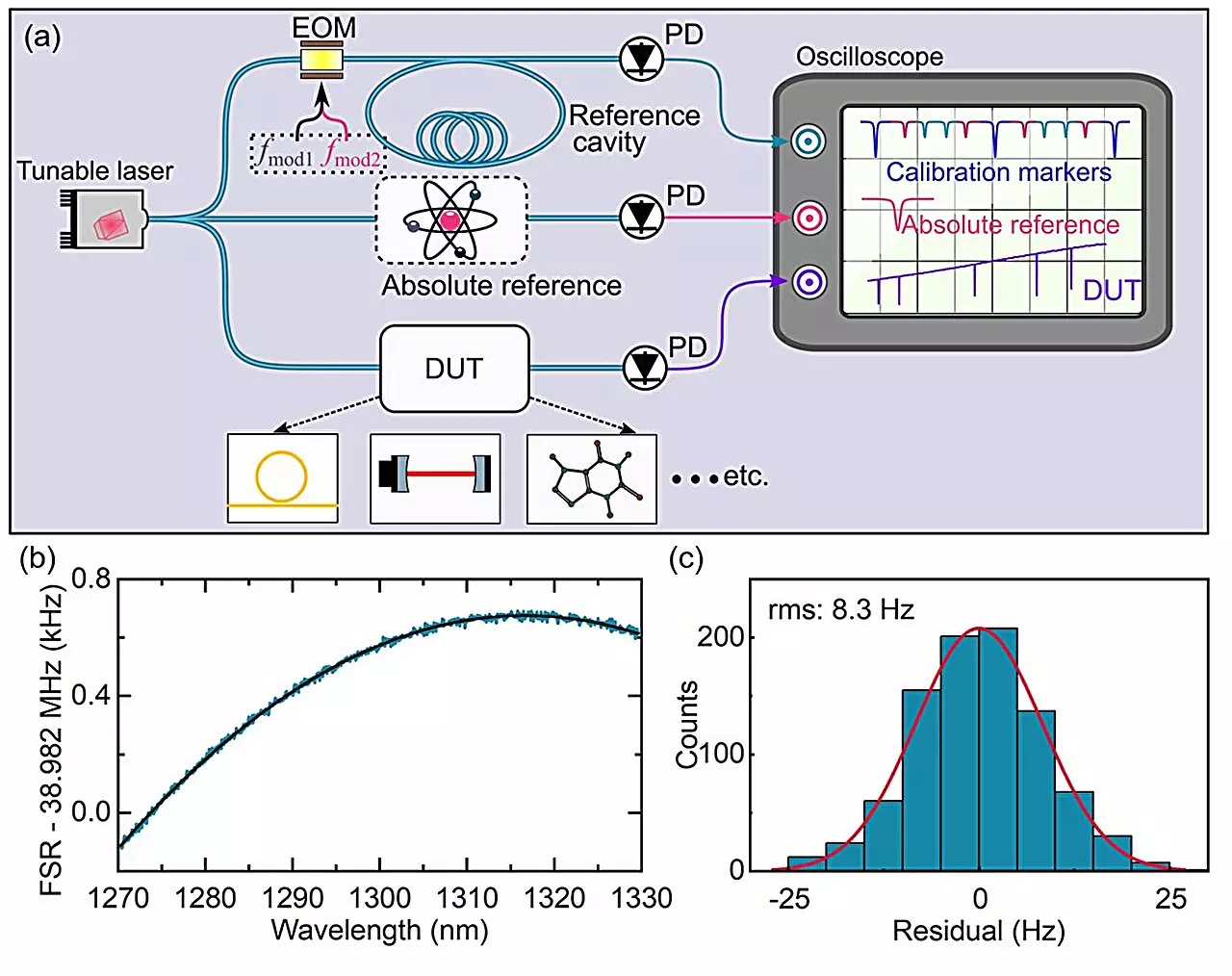Laser spectroscopy has revolutionized the field of atomic and molecular studies since its inception in the 1960s. It stands as a cornerstone of modern scientific inquiry, helping researchers unlock the complexities of molecular interactions and atomic behaviors. As technology has progressed, so too have the techniques and applications of laser spectroscopy, leading to significant advancements in precision measurement. Among these advancements, the emergence of innovative methods, particularly those developed at the Max Planck Institute for the Science of Light, showcases the potential to push the boundaries of scientific research.
Traditionally, laser spectroscopy has been divided into two prominent categories: frequency comb-based spectroscopy and tunable continuous-wave (CW) laser spectroscopy. Each approach possesses distinct advantages and limitations, affecting their application in real-world scenarios. Frequency comb spectroscopy enables unparalleled precision in frequency measurements, achieving accuracy levels that can extend up to 18 digits. This exceptional capability led to groundbreaking advancements, including optical clocks and alternative detection methods for elusive phenomena such as dark matter.
However, as remarkable as these frequency combs are, they do face a few significant hurdles. The low power per comb mode can complicate the detection of trace gases due to insufficient signal strength. Additionally, the gaps between the comb modes necessitate supplementary techniques to measure narrow spectral features. Maintaining long-term coherence in comb sources further elevates the complexity, requiring intricate stabilization systems that can hinder their practical implementation.
Conversely, tunable CW lasers shine in their ability to produce high photon fluxes and exhibit flexibility across varying frequencies. This makes them particularly well-suited for sensitive applications, including molecular spectroscopy and gas sensing. Yet, their performance is often compromised by fluctuations in laser frequency scan speed, which presents challenges in achieving consistent results.
To navigate these challenges, researchers have sought methods to blend the inherent strengths of both laser types. The concept of frequency-comb-calibrated tunable laser spectroscopy has emerged, aiming to capitalize on the accuracy of frequency combs while retaining the tunability and high power of CW lasers. However, achieving a stable and reliable reference frequency comb poses considerable challenges, such as maintaining a flat optical spectrum and ensuring uniform polarization across a wide range.
In light of these challenges, an innovative, streamlined method has been unveiled by researchers at the Max Planck Institute for the Science of Light. This new approach, which demonstrates remarkable precision at Hz-level accuracy, employs a tunable laser calibrated on-the-fly using a fiber cavity paired with a dual radio-frequency (RF) modulation technique.
The groundbreaking method allows for real-time tracking of the sweeping laser’s frequency. This methodology generates calibration markers that act as an optical frequency ruler—facilitating precise measurements of optical frequency distances between spectral features. Such precision is essential, as the recent advancements enable minuscule deviations in the free spectral range of a fiber loop cavity to be measured over an expansive 11-THz frequency range, with an impressive sub-10-Hz precision.
Diverse applications of the newly developed technique underscore its versatility and effectiveness. Compared to traditional frequency comb spectroscopy, this method not only delivers superior optical probe power but also ensures enhanced spectral flatness and polarization stability. Researchers have successfully harnessed this new technology for characterizing spectral features in integrated photonic devices, including microresonators, while achieving remarkable advancements in measuring molecular absorption spectra, such as that of HF gas.
Implications for Future Applications
The simplicity and robustness of this new spectroscopy technique render it highly adaptable to various practical environments. Its ability to function without mode locking or phase locking addresses the operational demands posed by out-of-lab applications. This opens the door for its utilization in critical fields, such as LIDAR systems, three-dimensional imaging, open-path trace gas sensing, and calibration of astrophysical spectrometers.
The evolution of laser spectroscopy, particularly through the recent innovations developed at the Max Planck Institute, is setting the stage for a new era of precision measurement in scientific research. By combining high accuracy, flexibility, and enhanced performance, these methodologies are not only advancing our understanding of the atomic and molecular world but also paving the way for groundbreaking applications across various scientific disciplines.

